Taxonomy and Classifications - ACT Biology
1/35
Name | Mastery | Learn | Test | Matching | Spaced |
|---|
No study sessions yet.
36 Terms
Taxonomy
Definition: Science of grouping animals and plants based on appearance and relationships.
Purpose: Organize and study Earth's diverse living things.
Domain Bacteria
Characteristics: Prokaryotic, unicellular, thick cell walls with peptidoglycan.
Functions: Some are decomposers or photosynthetic
Gene Transfer: Horizontal gene transfer through conjugation, transformation, and transduction.
Domain Archaea
Characteristics: Unicellular, prokaryotic, thrives in extreme conditions.
Types: Extremophiles, halophiles, thermophiles.
Domain Eukarya
Multicellular, membrane-bound organelles, nucleus.
Kingdom Protista
Mostly unicellular, various modes of movement.
Kingdom Fungi
Heterotrophic, decomposers, chitin cell wall.
Kingdom Animalia
Multicellular, heterotrophic eukaryotes.
Germ Layers
Definition: Primary cell layers in embryonic development.
Types: Ectoderm (skin, nervous system), Mesoderm (muscles, bones), Endoderm (viscera, digestive system).
Triploblast
Organism with three germ layers.
Diploblast
Organism with two germ layers.
Body Symmetry
Types: Radial (e.g., sea anemones), Bilateral (e.g., humans).
Importance: Defines organism structure and function.
Body Cavity
Coelom: Fluid-filled body cavity in higher animals.
Types: Acoelomate, Pseudocoelomate, Coelomate.
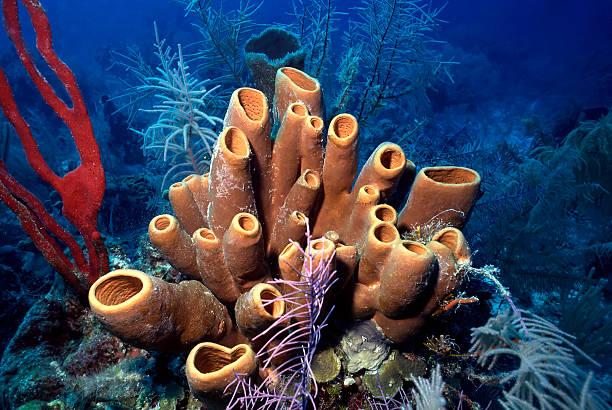
Porifera (Sponges)
Simple, aquatic, sessile, filter nutrients.
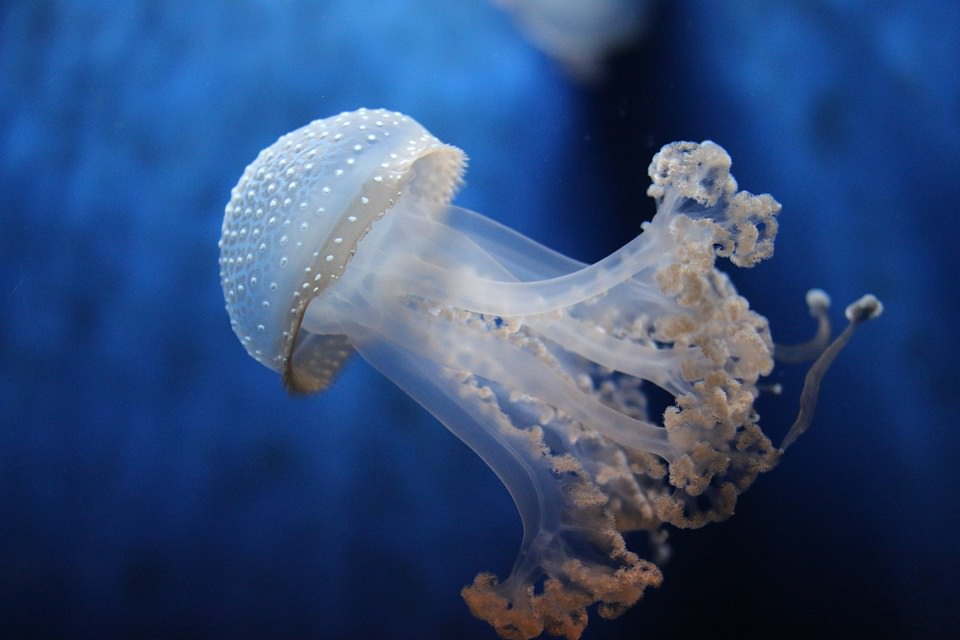
Cnidaria (Cnidarians)
Jellyfish, corals, radial symmetry, diploblast.
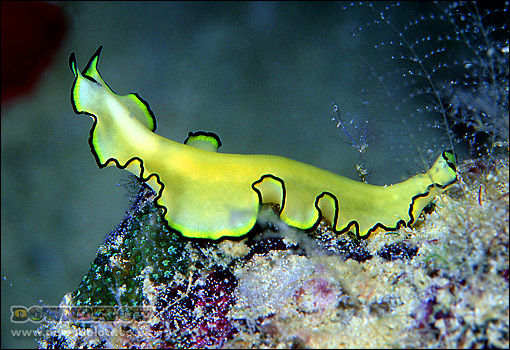
Platyhelminthes (Flatworms)
Bilateral symmetry, triploblast, hydrostatic skeleton.
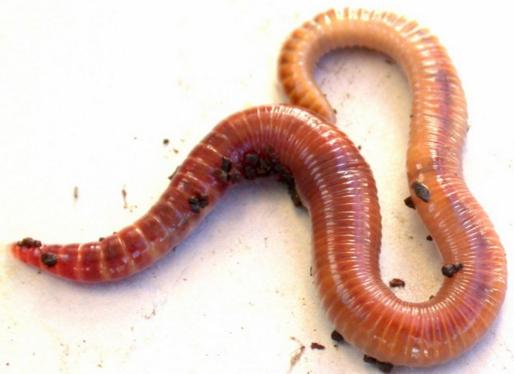
Annelida (Annelids)
Segmented worms, closed circulatory system.
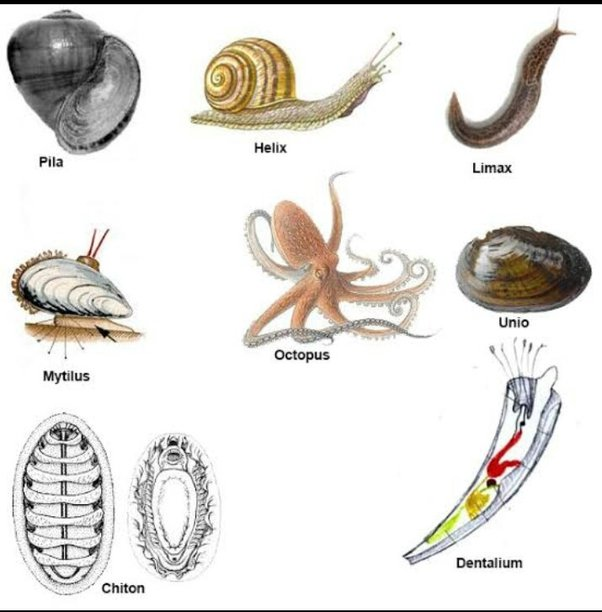
Mollusca (Mollusks)
Bilateral symmetry, open circulatory system, gills.
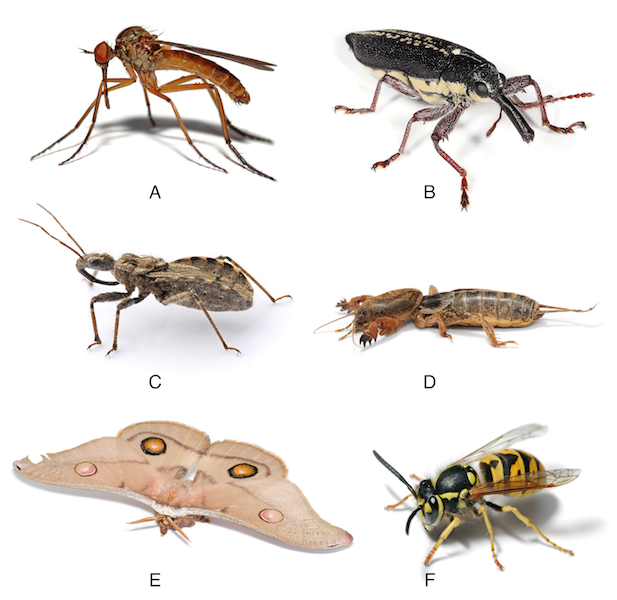
Arthropoda (Arthropods)
Largest phylum, jointed appendages, chitinous exoskeleton.
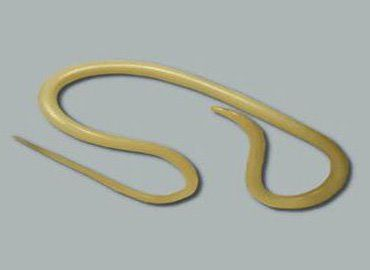
Nematoda (Roundworms)
Bilateral, non-segmented, found in various environments.
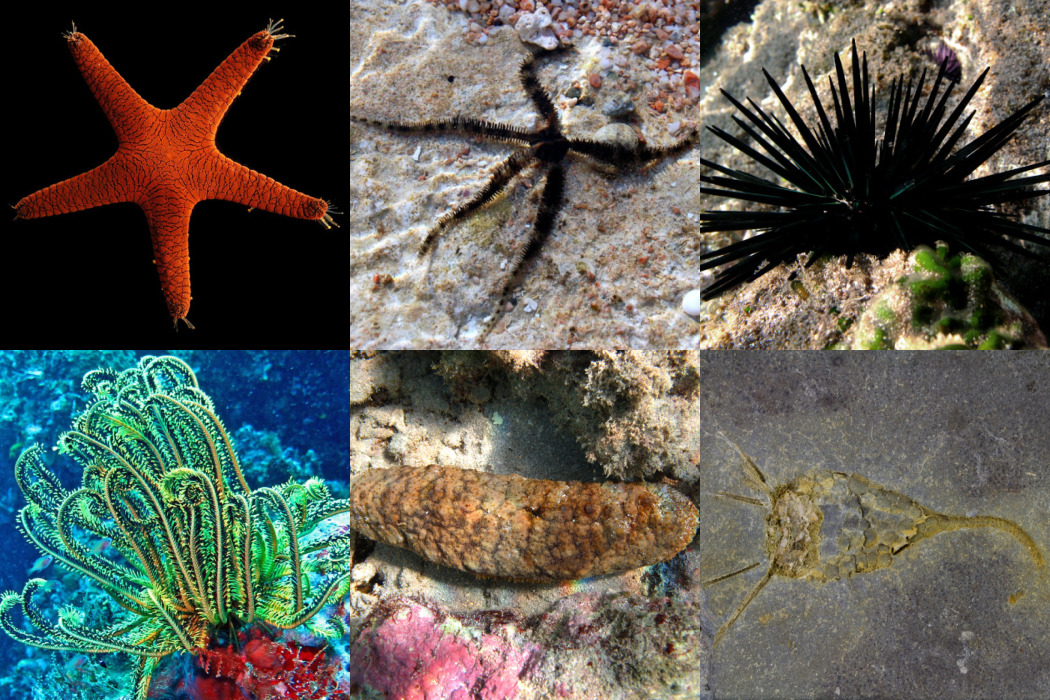
Echinodermata (Echinoderms)
Radial symmetry, sessile, endoskeleton, tube feet.
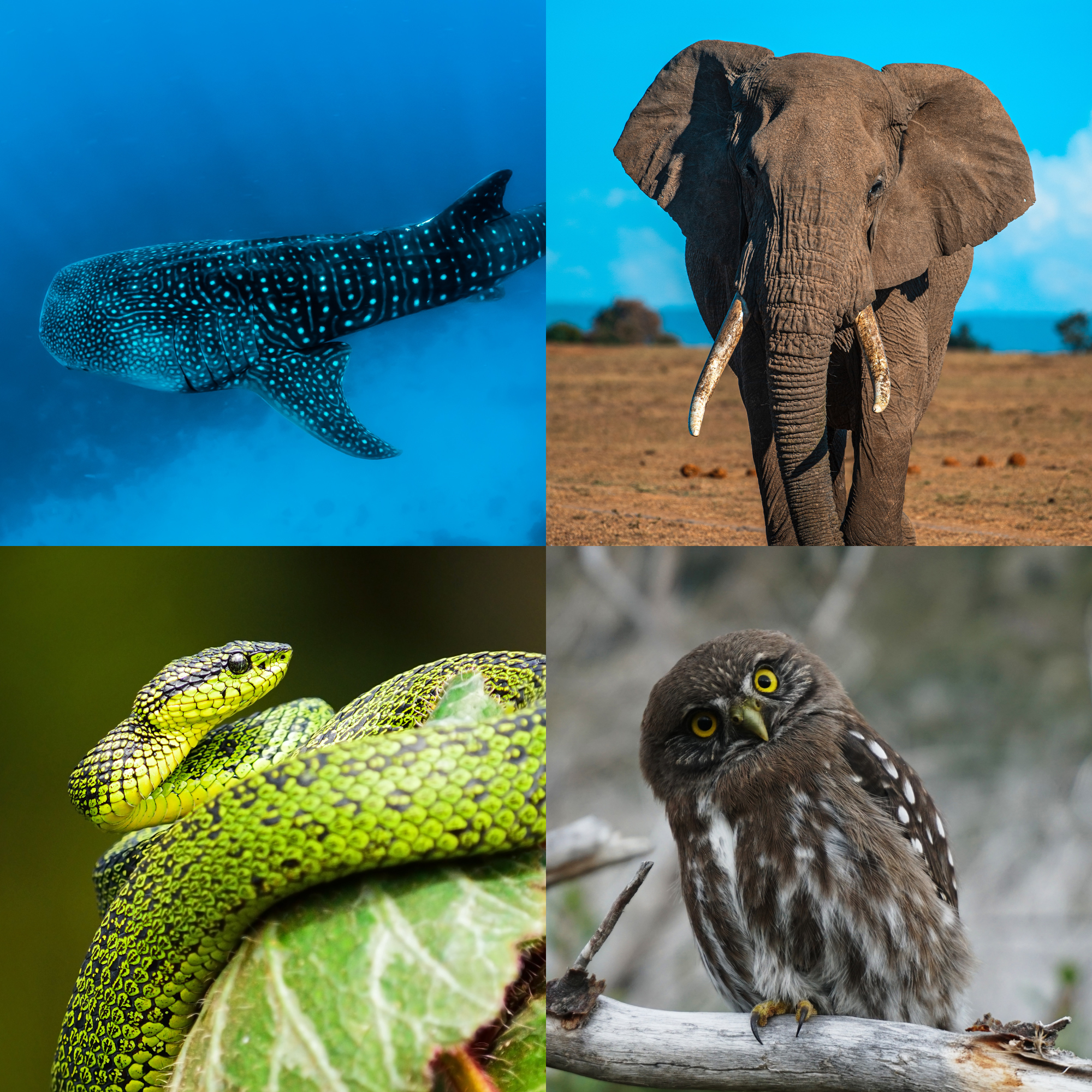
Chordata (Chordates)
Vertebrates, classified into fish, amphibians, reptiles, birds, mammals.
Monotremes
Egg-laying, lack nipples (e.g., platypus).
Marsupials
Birth to undeveloped young, pouch (e.g., kangaroos).
Placentals
Developed live young, placenta (e.g., humans).
Bacteria
Microorganisms
Prokaryotes, unicellular, peptidoglycan cell wall.
Reproduction: Binary fission.
Fungi
Microorganisms
Multicellular eukaryotes, chitin cell wall.
Function: Decomposers.
Protists
Microorganisms
Eukaryotic, unicellular/multicellular.
Example: Malaria-causing organisms
Viruses
Microorganisms
Non-living, genetic material in protein coat.
Reproduction: Lytic and lysogenic cycles.
Virus Life Cycles
Lytic Cycle: Virus makes new viruses, host cell rupture.
Lysogenic Cycle: Viral genetic material hides, can switch to lytic later.
Mammals Classification
Monotremes
Marsupials
Placentals
Extremophiles
Lives in extreme environments such as pools with high concentrations of methane gas
Halophiles
Lives in environments with high salt concentrations
Thermophiles
Lives in environments elevated temperature
Paramecium Movement
Propelled by cilia (hair-like structures).
Amoeba Movement
Uses pseudopods (temporary extensions).
Euglena Movement
Flagellum (whip-like tail).